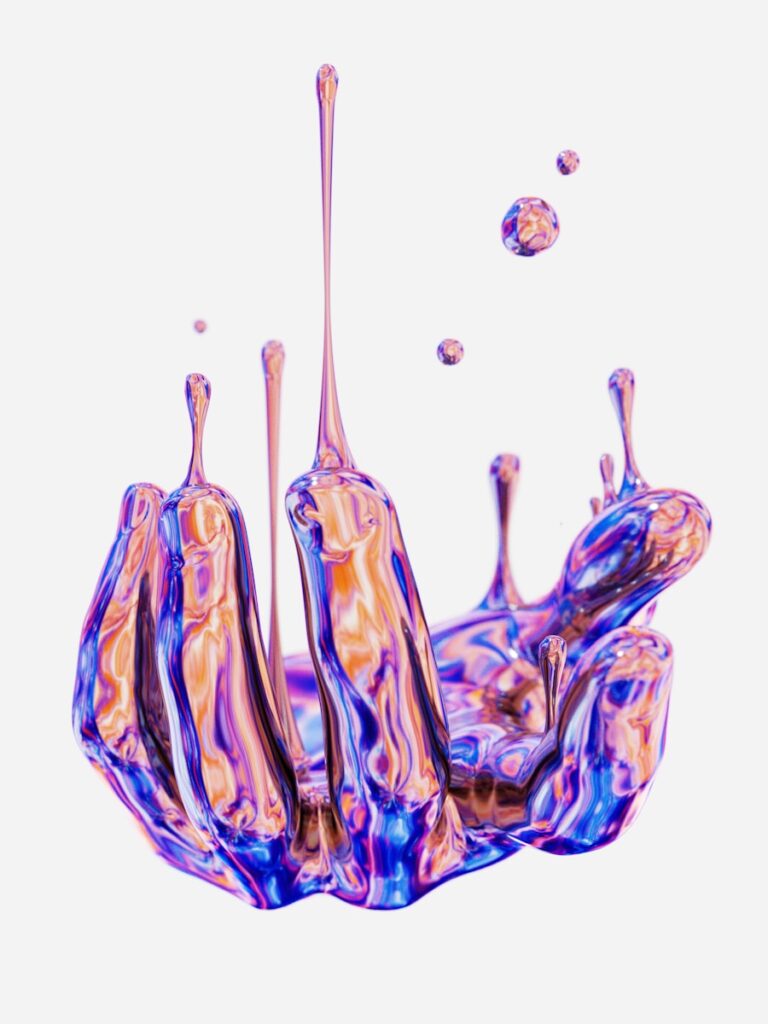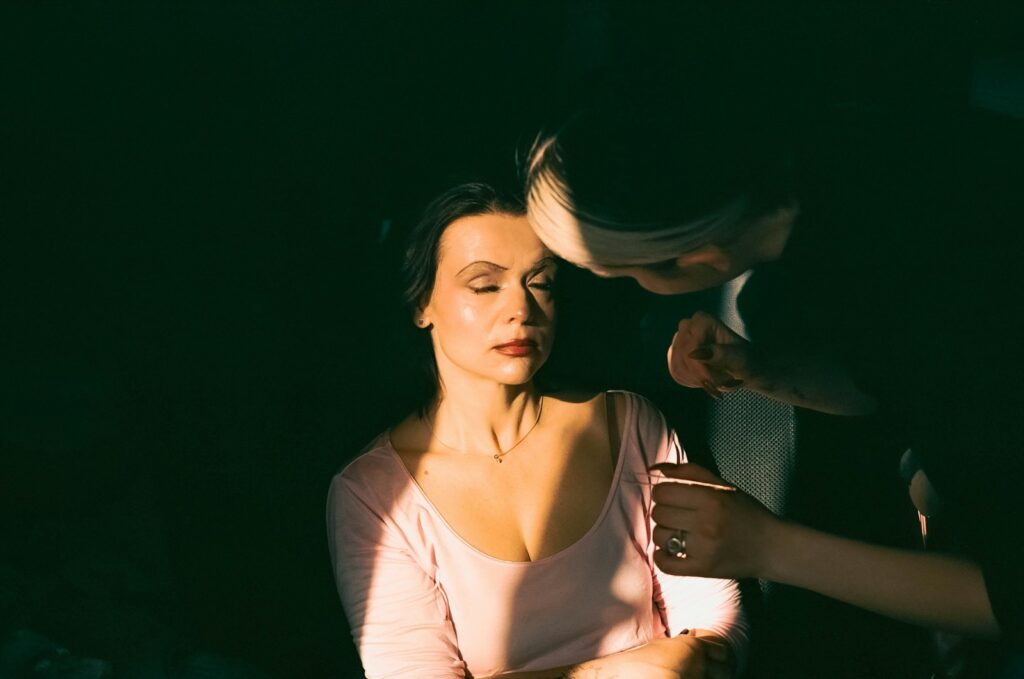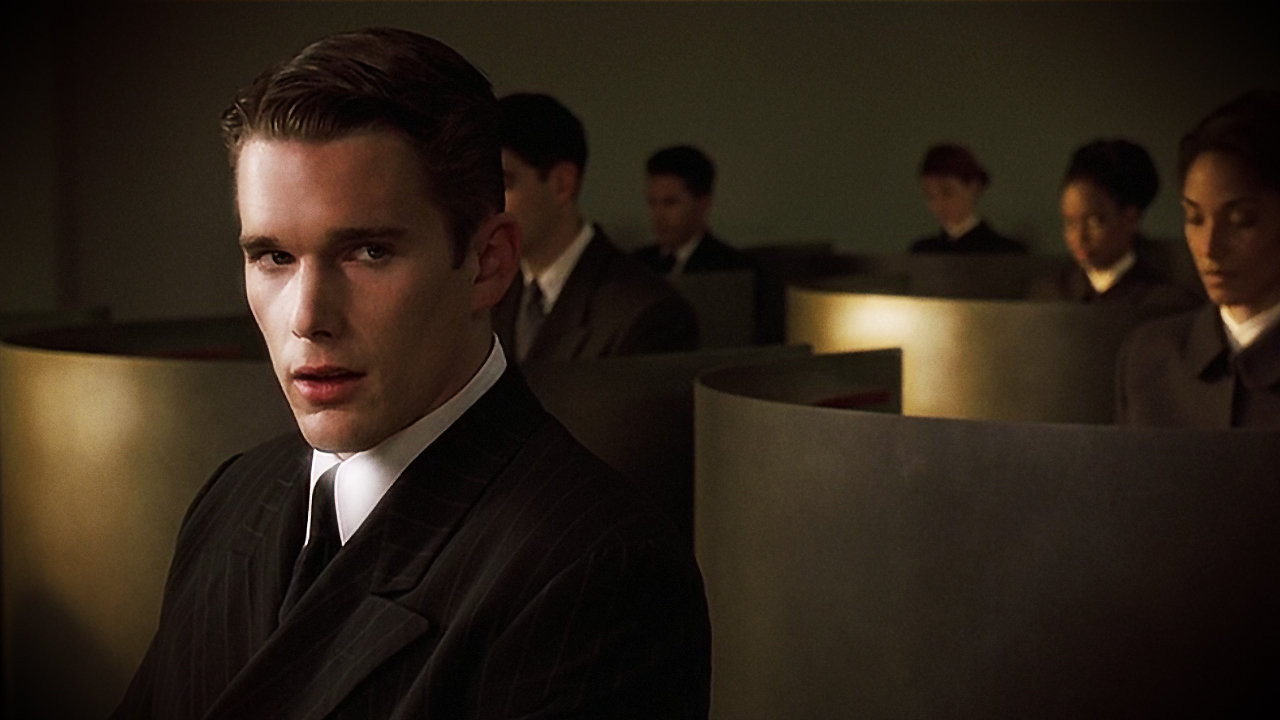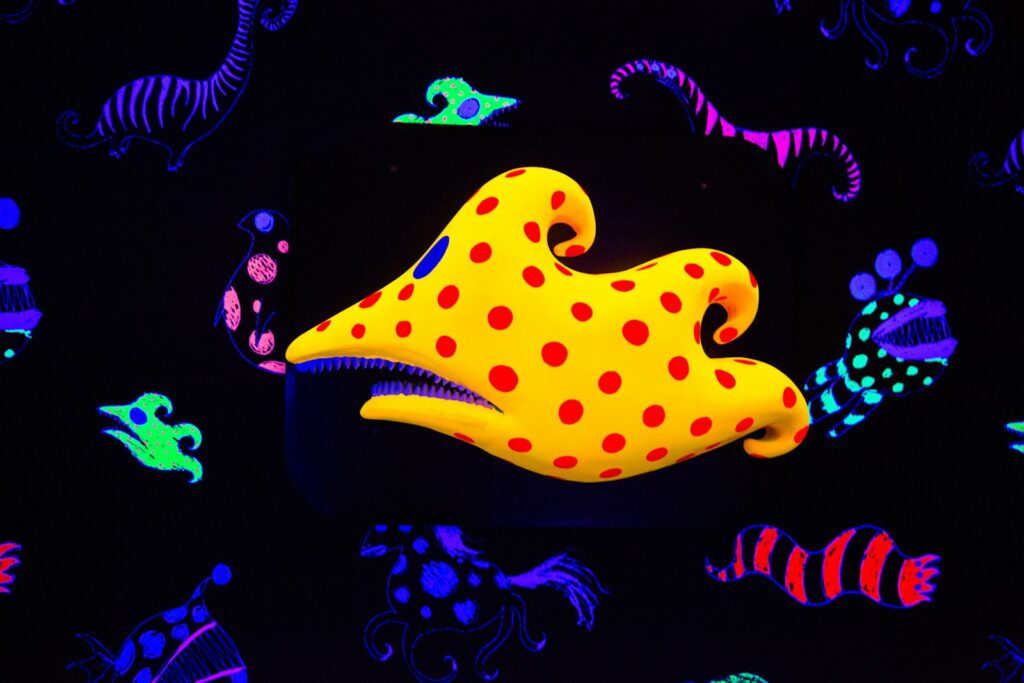
In an age where the dazzling spectacle of computer-generated imagery (CGI) often dominates the big screen, a fascinating shift is underway. Filmmakers and audiences alike are rediscovering the undeniable allure of practical effects—those physical, in-camera illusions that bring fantastical narratives to life right before our eyes. It’s a move that feels both nostalgic and refreshingly innovative, grounding even the most extraordinary tales in a palpable reality.
This resurgence isn’t just a fleeting trend; it’s a direct response to evolving audience preferences. As Matthew Scott Kane, creator and showrunner of *Hysteria!*, wisely observes, “Now in a world where you’ve had like 500 Avengers movies and Avatar and all of that stuff, the ceiling’s pushed so high that it’s impossible to aspire to that.” Many Gen Z viewers, who’ve grown up with ubiquitous CGI, are becoming jaded, while older generations harbor a fondness for the tactile magic of practical effects.
This journey into the heart of cinematic illusion will explore the fundamental techniques that have shaped filmmaking from its inception. We’ll unpack the science, history, and psychology behind practical effects, revealing why their tangible magic remains vital in a landscape increasingly defined by pixels and algorithms. Join us as we celebrate the ingenuity that continues to captivate and enchant viewers, one meticulously crafted effect at a time.
1. **Early Innovations and the Birth of Cinematic Illusion**The very concept of special effects is as old as cinema itself, born from the desire to transport audiences into impossible worlds. Long before computers, pioneering filmmakers relied on clever stagecraft, chemistry, and physics to create illusions that astounded viewers. These early innovations laid the groundwork for everything that followed, proving that ingenuity could overcome physical limitations.
Georges Méliès, often hailed as the “father of special effects,” masterfully utilized techniques like stop-motion, double exposure, and stage mechanics in the early 1900s. His imaginative films, like *A Trip to the Moon*, showcased how simple in-camera tricks could conjure fantastical journeys, captivating audiences with their sheer inventiveness. This early experimentation demonstrated the boundless potential of physical manipulation.
Further defining early cinema was the groundbreaking work in films such as *King Kong* (1933). This iconic masterpiece pioneered stop-motion animation, bringing a colossal ape to life with meticulous frame-by-frame manipulation of models. The tangible reality of Kong’s interactions, despite being an illusion, created an unprecedented sense of awe and terror for moviegoers of the era.
These formative years taught filmmakers the enduring power of physical effects. The ability to create worlds and creatures that genuinely interacted with real light, gravity, and physical space established a legacy of realism. This fundamental understanding of tangible illusion continues to influence modern blockbusters, reminding us that the magic began with practical, hands-on artistry.
Read more about: You Won’t Believe It! 14 Global Icons Often Mistaken for Americans (According to Public Records)
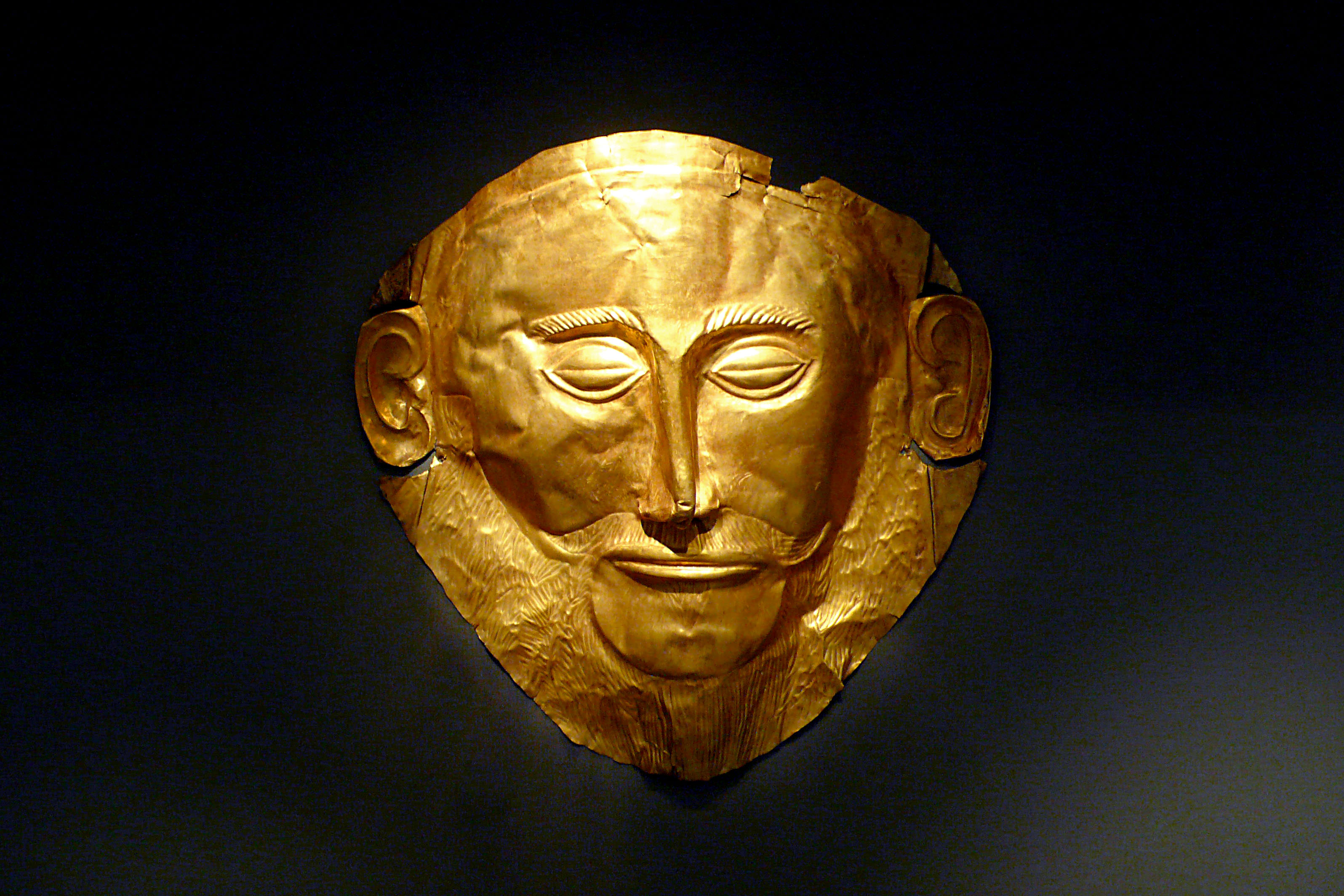
2. **The Golden Age: Defining Moments for Practical Effects**The mid-20th century ushered in what many consider the golden age of practical effects, an era where groundbreaking techniques defined cinema’s most iconic moments. Filmmakers pushed the boundaries of what was physically possible on screen, embedding a sense of visceral realism that deeply resonated with audiences. These advancements cemented practical effects as an indispensable tool for storytelling.
One cannot discuss this era without mentioning the animatronics of *Jaws*. The terrifyingly lifelike shark, affectionately known as ‘Bruce,’ created unparalleled suspense. Its physical presence in the water, interacting with the actors and the elements, provided a palpable threat that would have been impossible to achieve with earlier technologies. The tangibility of the creature made its terror incredibly real.
*Star Wars* further redefined the landscape with its groundbreaking models and miniature work. From the vast starships to the intricate Death Star, these meticulously crafted physical objects lent an incredible sense of scale and detail to a galaxy far, far away. The innovative use of practical models set a new standard, showcasing how intricate physical creations could build entire, believable universes.
The iconic chest-bursting scene from *Alien* stands as another testament to the brilliance of practical effects. Merging puppetry and prosthetics, this shocking sequence delivered a visceral, unforgettable moment without any CGI. The raw, physical nature of the effect elicited genuine reactions from both the actors on screen and the audiences in the theater, solidifying its place in cinematic history.
Read more about: John McQueen: A Legacy Woven from Burrs, Bark, and Vision — Exploring the Life of a Craft Pioneer
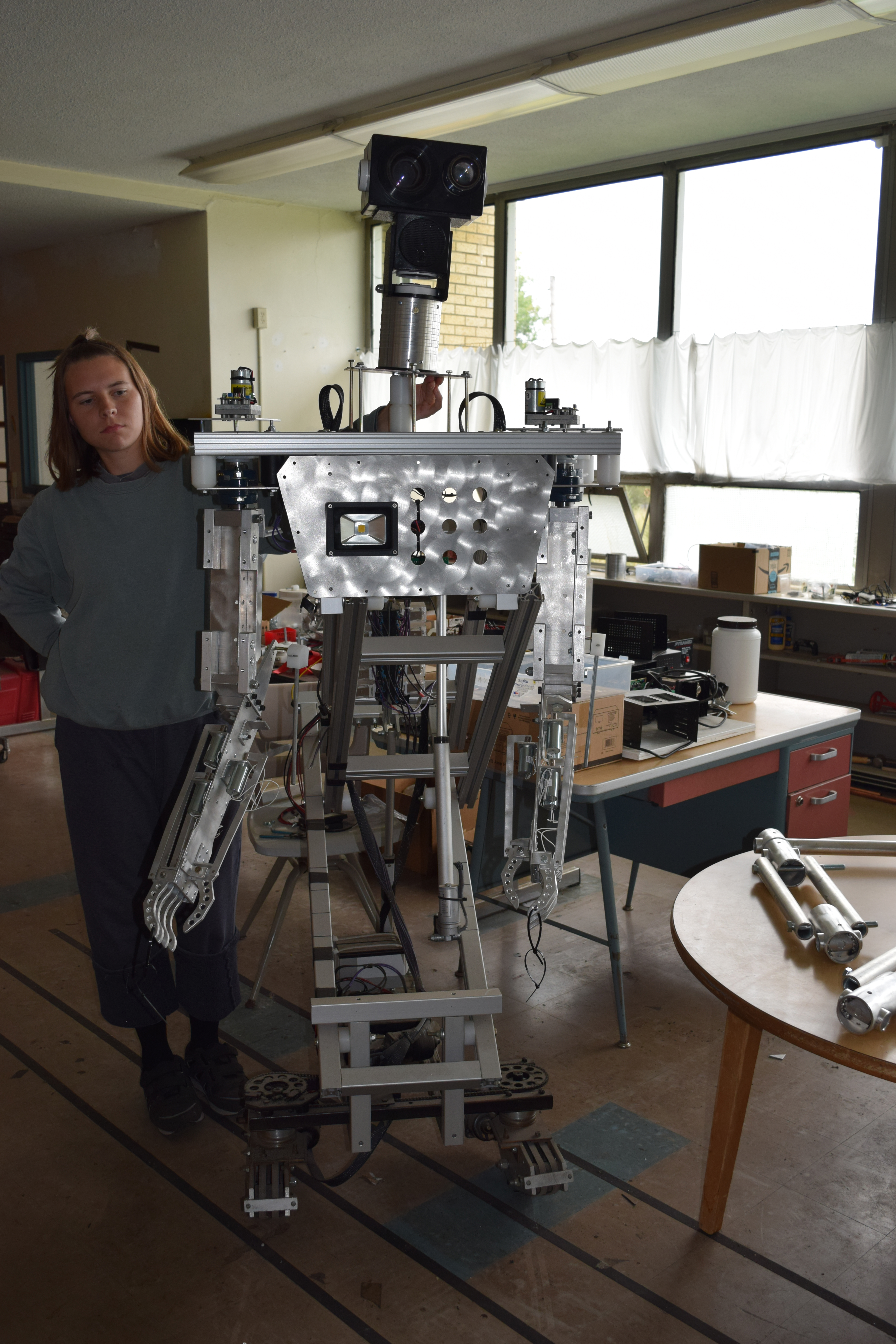
3. **Mechanical Engineering: The Science Behind Animatronics and Robotics**Bringing inanimate objects to lifelike reality on screen is a testament to the sophisticated application of mechanical engineering in practical effects. Animatronics, a core component of this discipline, leverages hydraulics, robotics, and advanced materials science to create creatures and characters that move and behave with astonishing authenticity. It’s a meticulous blend of art and complex engineering.
These intricate mechanical marvels rely on precise systems to replicate organic movements. Hydraulics provide fluid, powerful motion, while robotics allow for programmable and repeatable actions, ensuring consistency in performance. The careful selection and application of materials science ensure that these creations not only move convincingly but also possess realistic textures and appearances under the harsh scrutiny of the camera.
The impact of interacting with a physical animatronic on set cannot be overstated for actors. As the context highlights, actors interacting with physical elements often deliver more genuine reactions, elevating the overall performance. When a tangible creature is right there, breathing and moving, it elicits a more authentic response than reacting to a green screen marker. This direct interaction deeply enhances believability.
Classic examples like the dinosaurs in *Jurassic Park* famously combined animatronics with early CGI, but it was the practical, physical puppets that provided much of the film’s tangible weight. Similarly, the grotesque creatures in *The Thing* utilized complex animatronics and puppetry to create truly disturbing, visceral effects. This blend of biology and technology continues to push the boundaries of cinematic realism.
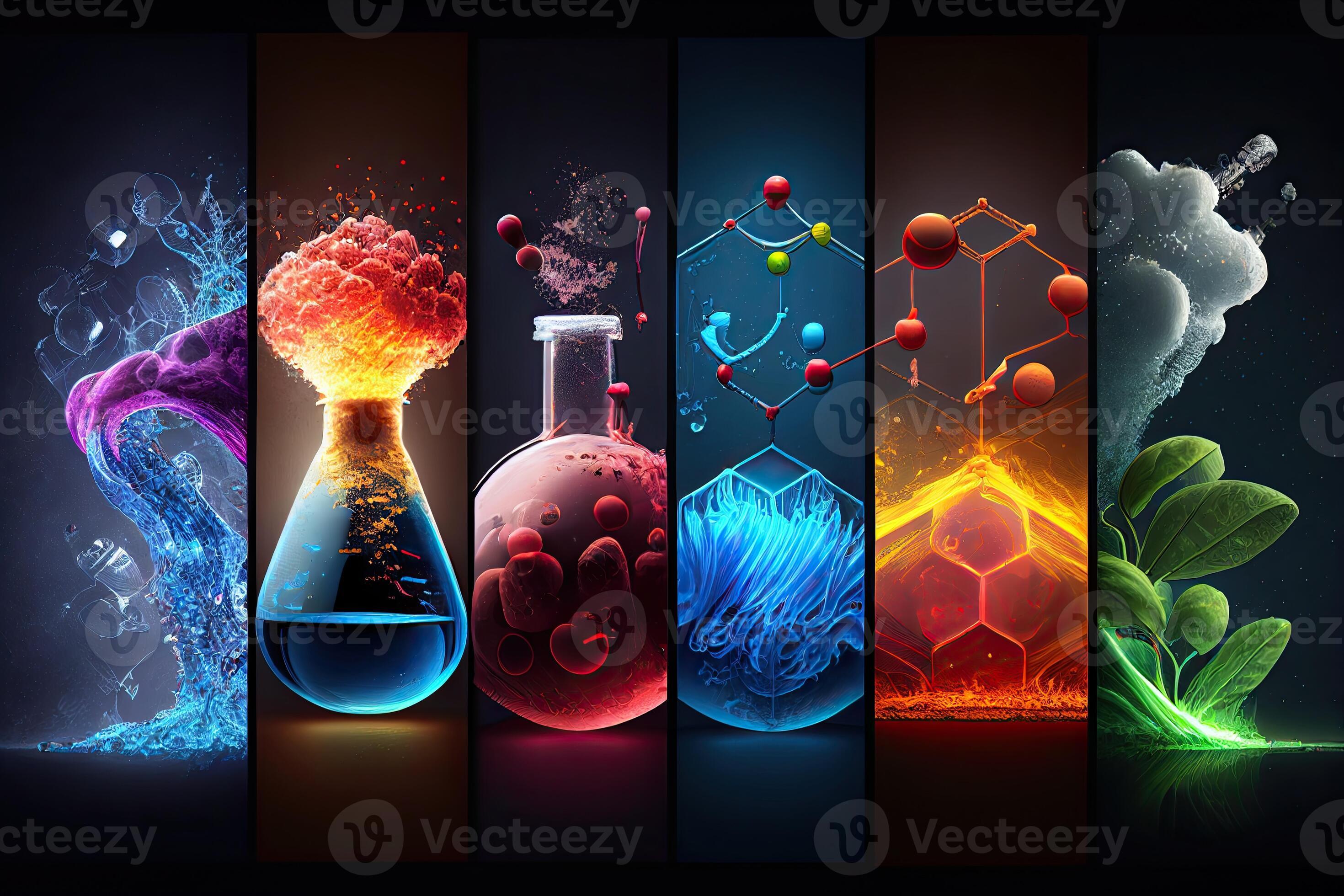
4. **Chemistry in Action: Mastering Explosions, Fire, and Weather**For sheer spectacle and visceral impact, few practical effects rival the mastery of chemistry in action—creating realistic explosions, fire, and weather simulations. These effects rely on carefully controlled chemical reactions, meticulously managed for safety and designed to deliver intense, believable cinematic moments. They provide a raw, physical energy that digital approximations often struggle to replicate.
Expert pyrotechnicians are the unsung heroes in this domain, designing and executing fiery displays with scientific precision. Their deep understanding of explosives, accelerants, and the physics governing their behavior allows for choreographed chaos. From a car exploding to a building engulfed in flames, the genuine texture of fire and smoke adds an irreplaceable layer of authenticity to a scene.
Safety is, of course, the paramount concern in all pyrotechnic work. Strict protocols, scaled tests, and numerous safety run-throughs are standard practice, ensuring the protection of cast, crew, and the environment. This meticulous planning is critical for harnessing the destructive beauty of these elements, transforming potential hazards into breathtaking cinematic events.
Films like *Mad Max: Fury Road* are prime examples of pyrotechnics at their finest. The intense, heart-racing chase sequences derive much of their visceral power from real explosions and fireballs that audiences feel as much as they see. This palpable sense of danger and destruction elevates the entire viewing experience, reminding us that some effects demand a physical presence to truly resonate.
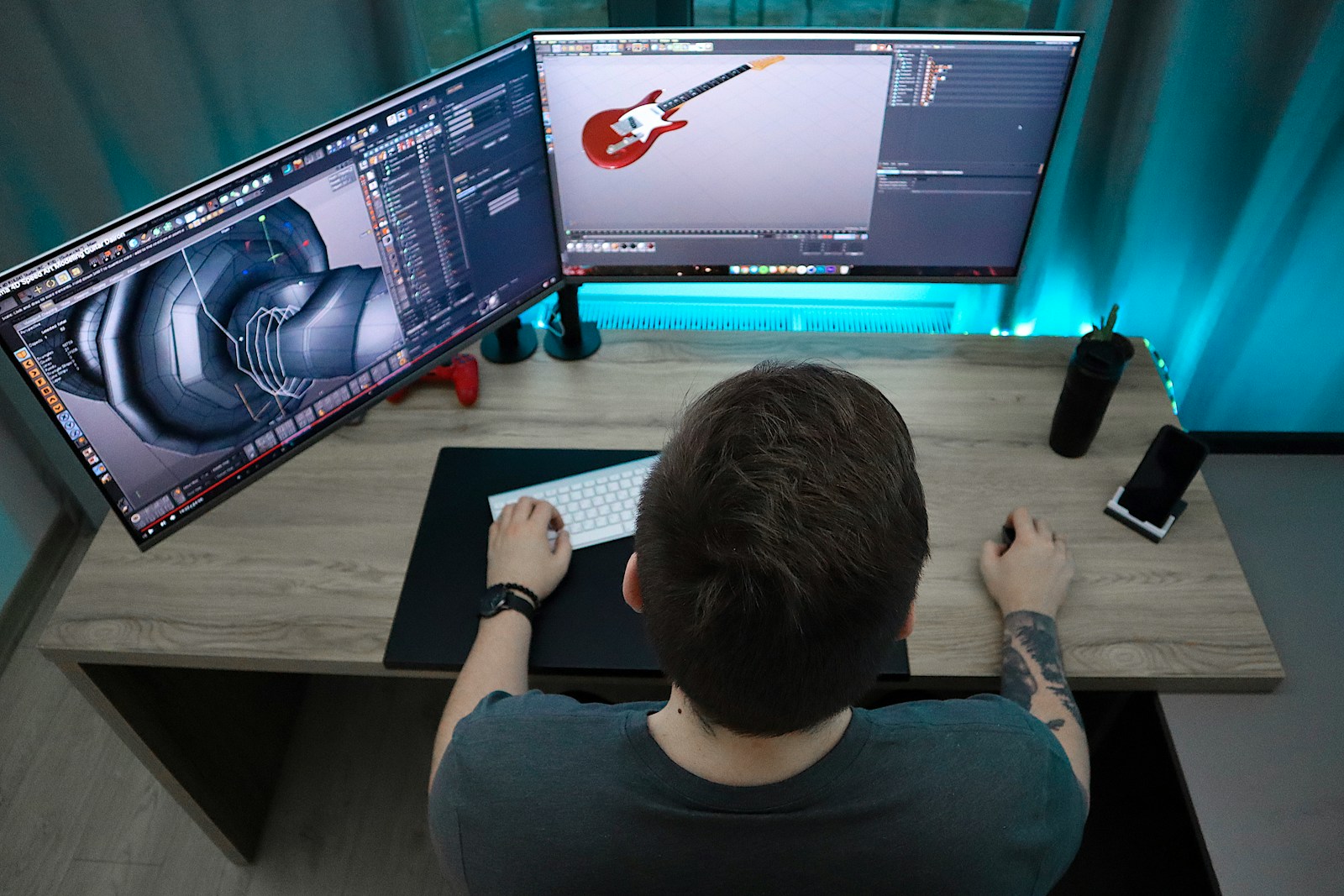
5. **Optical Tricks: Grandeur Through Miniatures and Forced Perspective**Creating vast, sweeping landscapes or colossal structures within the confines of a film set is often achieved through ingenious optical tricks, primarily using miniatures and forced perspective. These techniques manipulate light and scale, convincing the viewer’s eye of grandeur and immense scope, all within the camera frame. It’s an art form that relies on precise placement and clever angles.
Miniatures, detailed models built to a reduced scale, have been a staple of filmmaking for decades. From the iconic models in *Star Wars* that brought spaceships and epic battles to life, to the massive scale models used in *The Lord of the Rings* trilogy to create fantastical worlds, these physical constructions provide an undeniable sense of weight and texture. They interact with real light, creating shadows and reflections that CGI must painstakingly simulate.
Forced perspective, another brilliant optical illusion, plays with spatial relationships to make objects appear larger or smaller, closer or farther, than they actually are. This technique was masterfully employed in *The Lord of the Rings* to make actors of different heights appear consistently proportionate to their hobbit and human counterparts, seamlessly blending the scales of the fantasy world.
These optical tricks are not merely nostalgic throwbacks; they remain incredibly relevant. They are often more budget-friendly than building full-scale sets or rendering complex CGI environments, especially for independent productions. When integrated seamlessly with digital enhancements, miniatures and forced perspective can create stunning hybrid visuals, proving that traditional methods still offer immense creative and practical value.
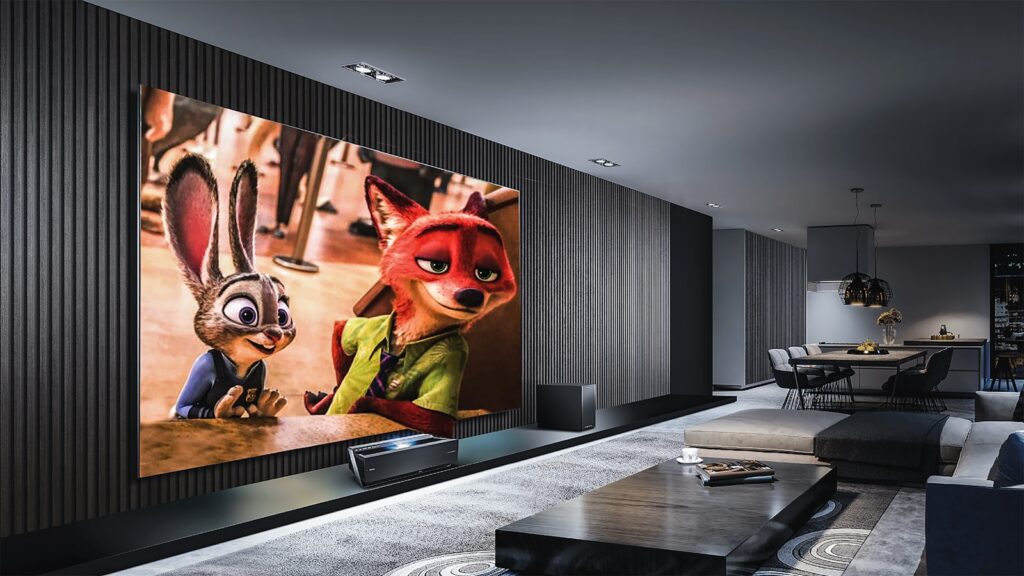
6. **Real-World Textures: Adding Depth and Tangibility to Visuals**One of the most compelling reasons for the enduring appeal of practical effects lies in their ability to provide genuine, real-world textures. Unlike digital creations, which can sometimes appear too smooth or artificial, practical effects offer surfaces that can be genuinely felt and seen, adding an invaluable layer of depth and tangibility to the visual narrative.
This tactile quality is crucial for audience immersion. When viewers perceive the natural grit of a real explosion, the intricate detailing of a prosthetic monster, or the subtle variations in a physical set, their brains register a greater sense of realism. It’s a sensory input that digital effects, no matter how advanced, can struggle to perfectly replicate, often leading to that subtle “disconnect” Carey Jones observed.
The “slick, digital effects” that have dominated blockbusters for years can, for some audiences, leave them feeling cold. This sentiment is akin to how audiophiles often prefer the “pops and hisses and overall warmer sound of an LP to an MP3.” There’s an appreciation for the imperfections and physical presence that practical elements bring, enriching the viewing experience on a fundamental level.
The natural interaction of light with physical textures further enhances this realism. Practical props and sets cast actual shadows and reflect light in ways that feel inherently authentic. This isn’t just about what’s visible on screen; it’s about a deeper psychological connection that audiences make with the tangible world presented before them, making the fantastical feel genuinely palpable.
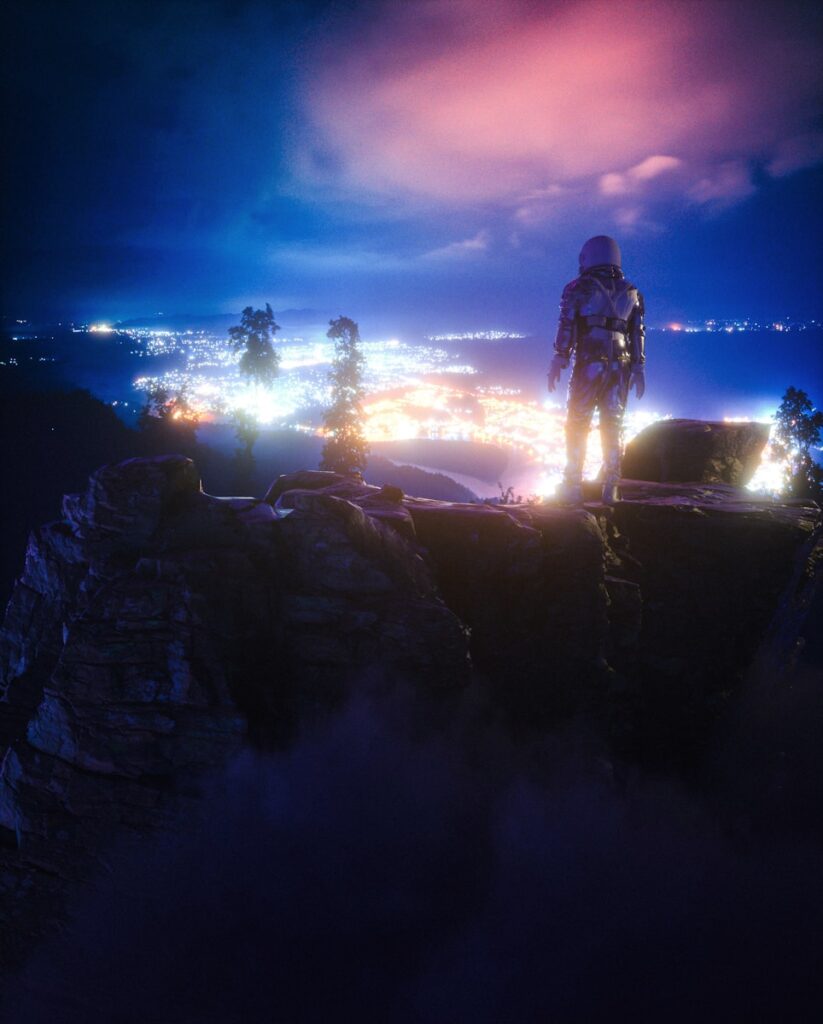
7. **Enhanced Performances: How Physical Elements Elevate Acting**The presence of practical effects on set profoundly impacts actor performances, often leading to more genuine and visceral reactions. When actors interact with physical elements—whether it’s a terrifying animatronic creature, a meticulously crafted prop, or a controlled explosion—they are responding to a tangible reality, rather than an imagined one. This direct engagement fosters a deeper level of immersion and authenticity.
Imagine the difference for an actor reacting to a monstrous animatronic right in front of them versus performing to a tennis ball on a stick. The physical presence of a creature like the dinosaurs in *Jurassic Park* or the grotesque beings in *The Thing* allowed actors to convey genuine fear, surprise, and awe. This direct interaction provides a crucial anchor for their emotional performances.
Carey Jones, a KNB EFX supervisor, noted this shift, stating that with purely digital effects, “you’re not getting the reactions [from the actors] that you want. So there was this disconnect with the final product.” Practical effects eliminate this disconnect, providing actors with a tangible scene partner or environmental hazard that elicits an immediate and authentic human response.
Ultimately, the goal of any cinematic effect, practical or digital, is to support storytelling and immerse the audience. By providing actors with a more authentic environment to work within, practical effects empower them to deliver more believable and impactful performances. This synergy between physical artistry and human emotion creates a powerful, unforgettable viewing experience, reinforcing why practical effects remain indispensable.
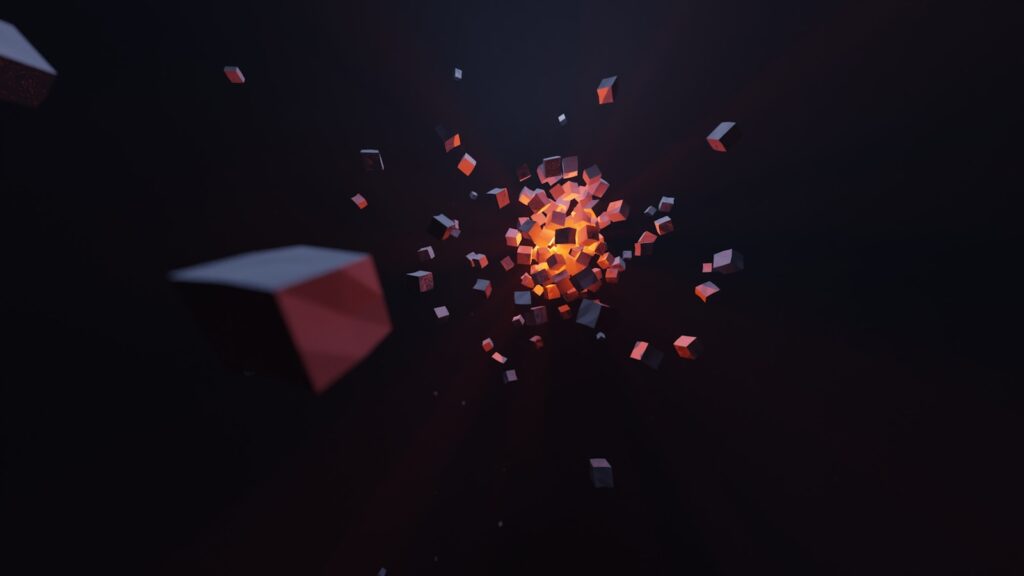
8. **Pyrotechnics: Orchestrating Realistic Explosions and Fiery Spectacles**When filmmakers seek to create sheer spectacle and visceral impact, few practical effects deliver as powerfully as pyrotechnics. These meticulously orchestrated explosions, fires, and other fiery displays rely on carefully controlled chemical reactions, meticulously managed for both dramatic effect and, crucially, safety. They inject a raw, physical energy into a scene that digital approximations often struggle to replicate, making cinematic moments truly unforgettable.
The mastery of pyrotechnics falls to expert technicians, the unsung heroes who design and execute these fiery displays with scientific precision. Their deep understanding of explosives, accelerants, and the underlying physics allows for choreographed chaos, turning potential hazards into breathtaking cinematic events. From a car exploding in a furious chase to a building engulfed in flames, the genuine texture of real fire and smoke adds an irreplaceable layer of authenticity.
Safety, of course, remains the paramount concern in all pyrotechnic work. Strict protocols, scaled tests, and numerous safety run-throughs are standard practice, ensuring the protection of cast, crew, and the environment. This meticulous planning is essential for harnessing the destructive beauty of these elements, transforming them into impactful visual storytelling tools without compromising safety.
Films like *Mad Max: Fury Road* stand as prime examples of pyrotechnics at their finest. The intense, heart-racing chase sequences derive much of their visceral power from real explosions and fireballs that audiences feel as much as they see. This palpable sense of danger and destruction elevates the entire viewing experience, reminding us that some effects demand a physical presence to truly resonate on screen.
9. **Makeup and Prosthetics: Sculpting Character Transformations**In the intricate world of practical effects, makeup and prosthetics emerge as unsung heroes, masterfully transforming actors into fantastical creatures or aging them decades in a matter of hours. This blend of artistry and technical skill is essential for bringing otherworldly or drastically altered characters to life right before our eyes, with every subtle movement and texture contributing to the illusion.
The attention to detail in prosthetic work is paramount, especially when characters are seen up close on the big screen. The intricate sculpting, the texture of the skin, the nuanced coloring of a scar, and the subtle movement of prosthetic features all contribute to the realism and believability of the character. Films like *The Lord of the Rings* trilogy famously utilized complex prosthetic makeup, allowing actors to embody their fantastical roles with remarkable authenticity and depth.
Collaboration between the makeup department and other teams, such as costume design and lighting, is absolutely crucial. This synergy ensures that prosthetics hold up visually under various on-set conditions and camera angles, maintaining the illusion throughout. The color and shading of prosthetics, for instance, must be consistent with the film’s lighting to prevent any jarring visual breaks.
The physicality that prosthetics add to an actor’s performance is a profound testament to the potency of practical effects. Imagine the impact of iconic characters portrayed by actors like Doug Jones without the enhanced reality that meticulously crafted makeup and prosthetics provide. These methods empower actors to fully realize their portrayal, breathing life and tangible presence into what was once merely a concept on paper, creating unforgettable cinematic moments.
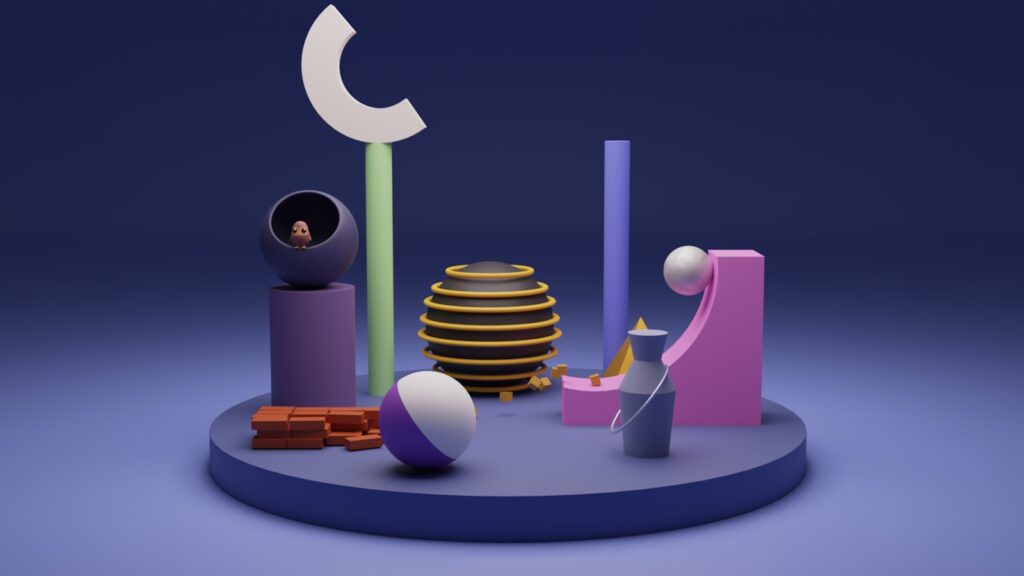
10. **Horror and Practical Gore: Visceral Reactions Through Tangible Terror**For genres that thrive on visceral reactions, particularly horror, practical effects, especially practical gore, remain an unparalleled tool for delivering tangible terror. The raw, physical presence of grotesque creatures or shocking body horror sequences bypasses the potential for audience disconnect, creating an immediate and deeply unsettling experience. When blood splatters or flesh tears on screen, audiences often feel it more acutely when it’s physically there.
Carey Jones, a KNB EFX supervisor, articulated the challenge with purely digital effects, noting a “disconnect with the final product” because “you’re not getting the reactions [from the actors] that you want.” Practical effects, by contrast, force actors to react to a physical reality, which translates into more genuine fear and disgust, significantly elevating the believability of the horror on display.
Modern cinema is witnessing a resurgence of this approach, with recent productions like *The Substance*, *Teacup*, and *Terrifier 3* earning praise for their dedication to practical gore. The context highlights a particularly memorable effect on *Teacup* involving a woman’s body being turned inside out, an effect that took “at least five weeks” and a “team of artists” to assemble. Such intricate, handcrafted terror can be far more “mind-blowing now… than you would ever get in a CG spectacle.”
This preference for the tangible is akin to audiophiles who prefer the “pops and hisses and overall warmer sound of an LP to an MP3.” There’s a segment of the audience that finds “slick, digital effects leave them feeling cold.” Practical horror taps into this craving for authenticity, grounding its scares in a physical reality that digital effects, no matter how advanced, often struggle to perfectly replicate, making the terror truly palpable.
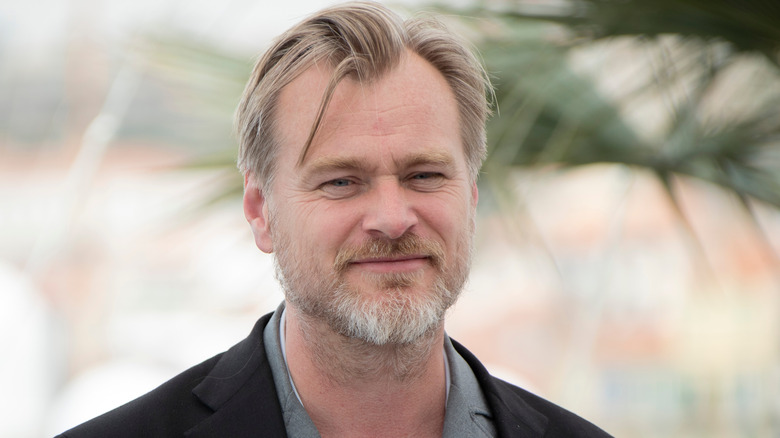
11. **Christopher Nolan’s Approach: A Modern Master’s Dedication to In-Camera Effects**In an era often dominated by vast CGI landscapes, Christopher Nolan stands out as a modern filmmaker whose dedication to practical effects has become a hallmark of his cinematic style. His films consistently demonstrate a profound belief in the power of in-camera stunts, miniatures, and physical elements to create authenticity and immersion, even in the most ambitious blockbusters. This approach provides a refreshing counter-narrative to the prevailing digital trend.
Nolan’s work on films such as *Inception* and *Oppenheimer* famously relies heavily on practical solutions. Whether it’s the mind-bending, rotating hotel corridors of *Inception* achieved with elaborate physical sets, or the visceral realism of the atomic bomb test in *Oppenheimer* created without CGI, his methodology ensures that the grandeur and impact viewers experience are rooted in tangible reality. These practical elements ground the fantastical narratives.
This deliberate choice lends an undeniable weight and texture to his visual storytelling. Actors interacting with physical environments and performing real stunts often deliver more genuine reactions, which translates into heightened believability for the audience. The physical interaction with real light, gravity, and space creates an authenticity that digital simulations, no matter how sophisticated, can struggle to perfectly replicate, enhancing the overall cinematic experience.
Nolan’s insistence on minimal CGI, strategically deployed to enhance rather than replace practical effects, fortifies the vital role of physical effects in modern cinema. His films serve as powerful examples that in-camera tricks are not merely nostalgic throwbacks but indispensable tools that can elevate complex narratives, proving that dedication to hands-on artistry remains potent and relevant in contemporary filmmaking.
Carey Jones agrees that “visual effects these days, for the most part, it’s more of a tool to help augment something that’s physically there,” which he considers “the better way to do it anyway.” Looking ahead, innovations like real-time rendering and virtual production, pioneered by shows like *The Mandalorian*, are further blurring these lines. The ultimate goal, as Kane notes, is for effects to become “invisible,” for viewers not to “even know. ‘Am I looking at something physical? Am I looking at something digital? Or does it even matter?’” This holistic approach ensures that storytelling remains paramount, regardless of the tools used.
As we reflect on the enduring allure of practical effects and their symbiotic relationship with digital artistry, it’s clear that their future is not one of obsolescence, but of evolution. The cinematic landscape is enriched by filmmakers who skillfully navigate this blend, crafting worlds that are both tangibly real and breathtakingly imaginative. This thoughtful integration of old-school craft with cutting-edge technology promises a richer, more varied movie experience for generations to come, ensuring that the magic of physical illusions will continue to captivate and inspire, reminding us that sometimes, the most astonishing spectacle is born from a human touch.

